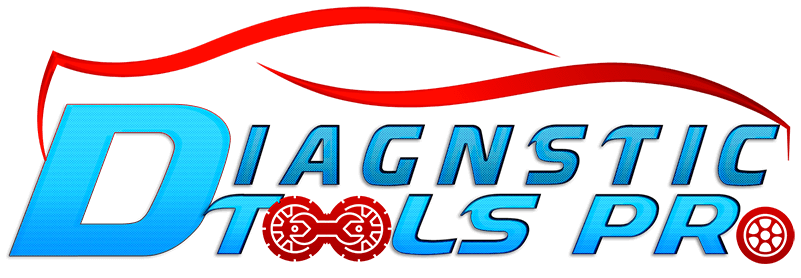No products in the cart.
Light Up the Night: The Best LED Light Bars and Fog Lights for Enhanced Visibility Leave a comment
Introduction
When driving at night or in low-visibility conditions, having the right lighting can be a matter of life and death. In fact, according to the National Highway Traffic Safety Administration (NHTSA), the fatality rate for crashes that occur at night is approximately three times higher than the fatality rate for crashes that occur during the day. One key component of enhanced visibility is the use of LED light bars and fog lights. These devices have become increasingly popular among vehicle owners due to their efficiency, durability, and ability to significantly improve visibility. This article delves into the world of LED light bars and fog lights, exploring their core concepts, benefits, practical applications, and common challenges, providing readers with actionable insights to make informed decisions.
Core Concept Explanation
LED light bars and fog lights are designed to enhance visibility for drivers under various conditions. LED (Light Emitting Diode) technology is favored for its high efficiency and long lifespan compared to traditional lighting solutions. A light bar typically consists of a series of LEDs housed in a protective casing, often mounted on the roof or front of a vehicle. Fog lights, on the other hand, are specifically designed to cut through fog, dust, or other forms of particle-filled air, using a yellowish light that travels further without being scattered by particles. Understanding the basic principles behind these lighting solutions is crucial for evaluating their performance and suitability for different vehicles and driving conditions.
The core technology behind LED lights involves the use of semiconductors to produce light when an electric current is passed through them. This process is highly efficient, converting a significant amount of electrical energy directly into light, with minimal loss as heat. This efficiency contributes to the long lifespan of LEDs, often exceeding 50,000 hours of continuous use. Furthermore, LEDs are highly durable and resistant to shock, vibration, and extreme temperatures, making them ideal for automotive applications.
Benefits/Importance
The benefits of using LED light bars and fog lights are multifaceted. First and foremost, they significantly enhance visibility, particularly in conditions where standard headlights are insufficient, such as heavy rain, fog, or dusty environments. Enhanced visibility leads to improved safety, as drivers can react quicker to obstacles or changes in the road. Additionally, the high efficiency of LEDs means they consume less power than traditional lighting, which can lead to fuel savings and reduced strain on the vehicle’s electrical system.
The importance of adequate lighting cannot be overstated, especially for drivers who frequently drive in challenging conditions. Professional drivers, off-road enthusiasts, and individuals living in areas prone to fog or heavy precipitation can benefit greatly from the installation of LED light bars and fog lights. Moreover, these lighting solutions can also serve as additional safety features during emergency situations or when a vehicle is stationary, providing a means to alert other drivers.
Practical Applications/Examples
In practice, LED light bars and fog lights are versatile and can be applied in various scenarios. For off-road enthusiasts, these lights can illuminate trails and obstacles that would otherwise be invisible, enhancing the driving experience and safety. Professional drivers, such as truckers or emergency responders, can use these lights to improve visibility during night drives or in hazardous conditions, reducing the risk of accidents. Additionally, commuters who drive through areas with frequent fog or heavy rain can benefit from the enhanced visibility these lights provide.
There are also various types of LED light bars designed for specific applications, including spot beams for long-distance illumination, flood beams for wide-area lighting, and combination beams that offer both. The choice of light bar or fog light depends on the intended use, the type of vehicle, and personal preference regarding light color, beam pattern, and installation ease.
Common Challenges & Solutions
Despite their benefits, there are common challenges associated with the use of LED light bars and fog lights. One of the primary challenges is ensuring that the chosen lighting solution is compliant with local and national regulations regarding vehicle lighting. In the United States, for example, the Department of Transportation (DOT) and the Federal Motor Carrier Safety Administration (FMCSA) provide guidelines for the use of auxiliary lighting on vehicles.
Another challenge is the potential for glare or interference with other vehicles, which can be mitigated by choosing lights with appropriate beam patterns and ensuring they are correctly aimed. The installation process itself can also be a challenge, particularly for those without experience with automotive electrical systems. In such cases, consulting with a professional or following detailed installation guides can be beneficial.
For more information on vehicle lighting standards and safety, readers can visit the NHTSA website or the FMCSA website. These resources provide valuable insights into the safety regulations and best practices for vehicle lighting.
Conclusion
The use of LED light bars and fog lights can significantly enhance the safety and visibility of drivers, making them a valuable investment for both personal and professional vehicle owners. By understanding the core concepts, benefits, and practical applications of these lighting solutions, individuals can make informed decisions about which products best suit their needs. As technology continues to advance, it will be interesting to see how LED lighting evolves to meet the changing demands of vehicle safety and performance. Will the integration of smart technology and automated lighting systems redefine the future of vehicle visibility, and how will consumers and manufacturers adapt to these advancements?
